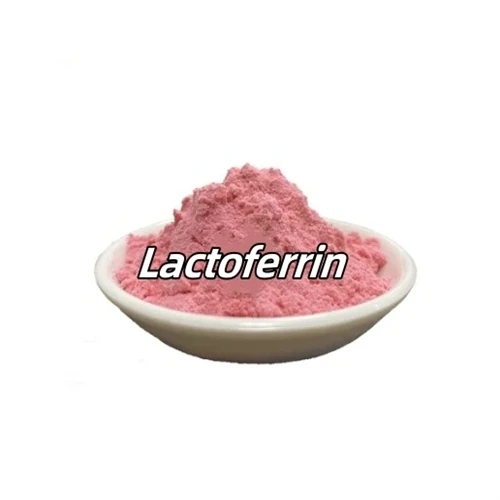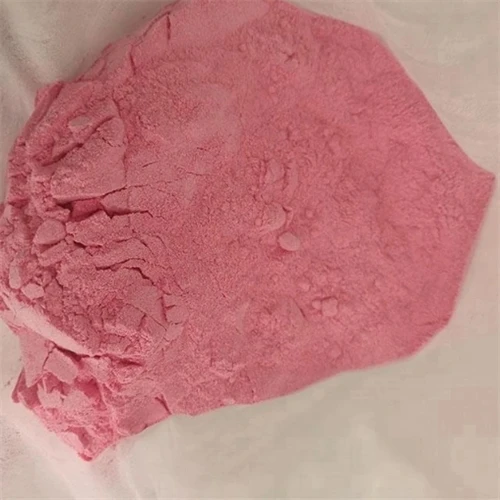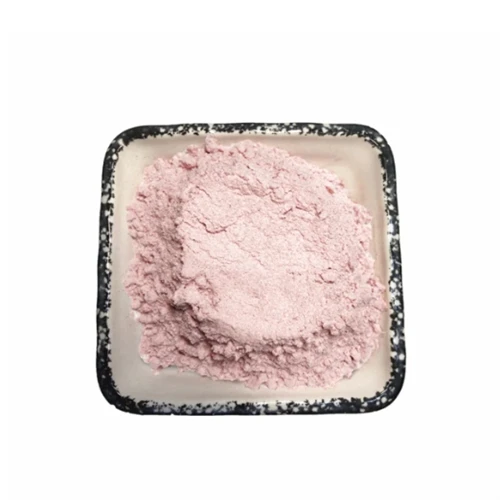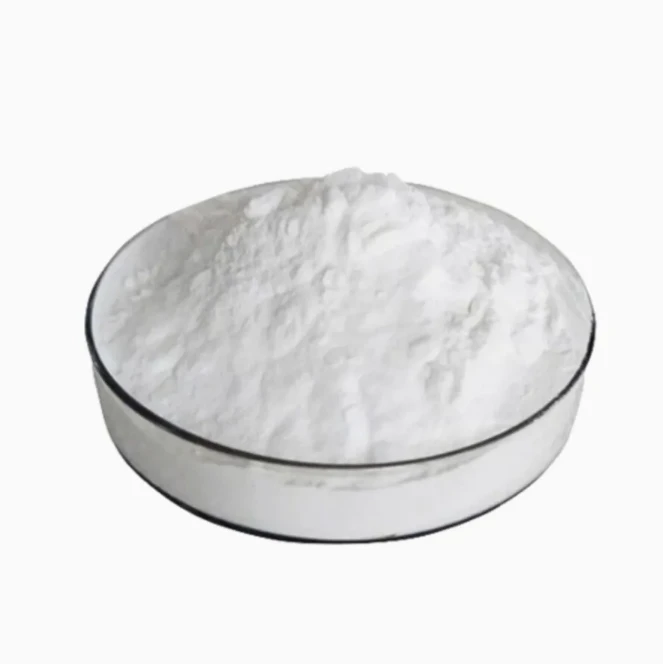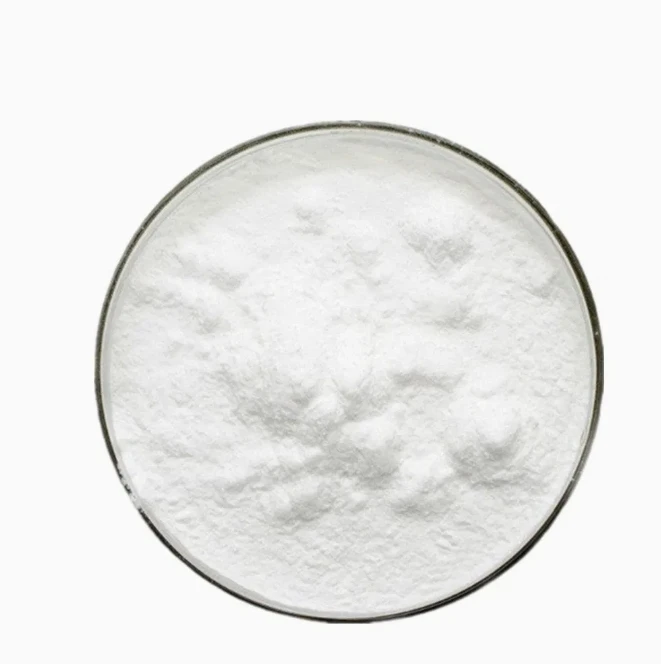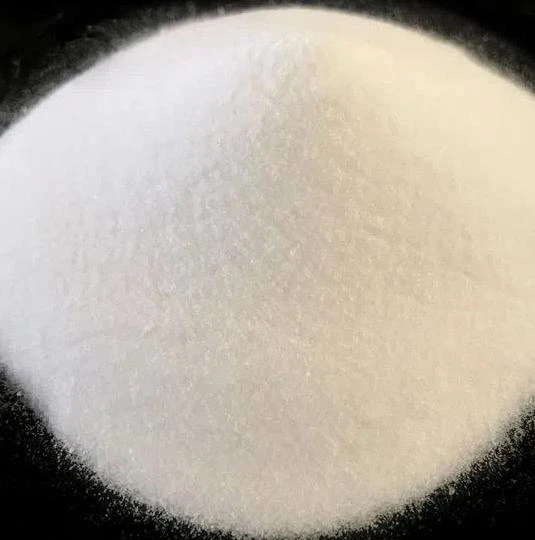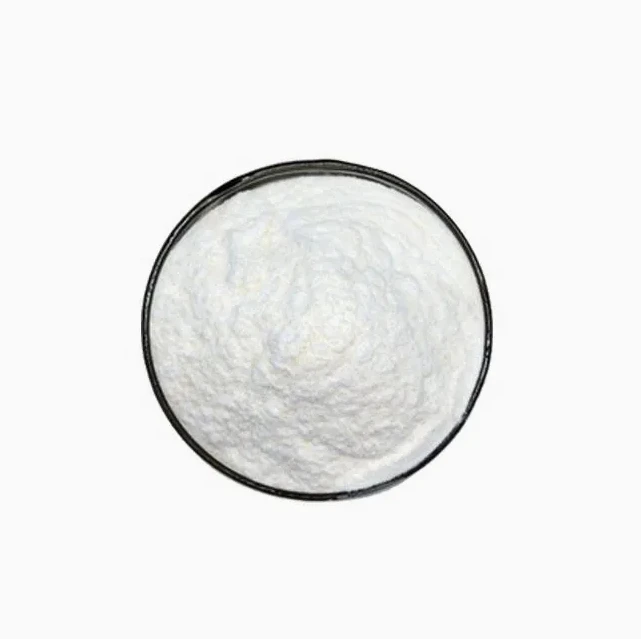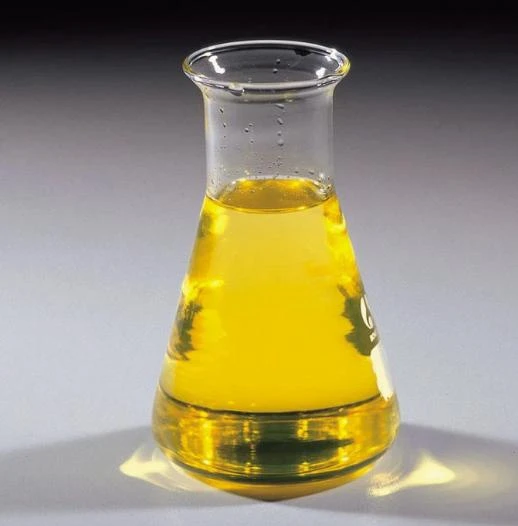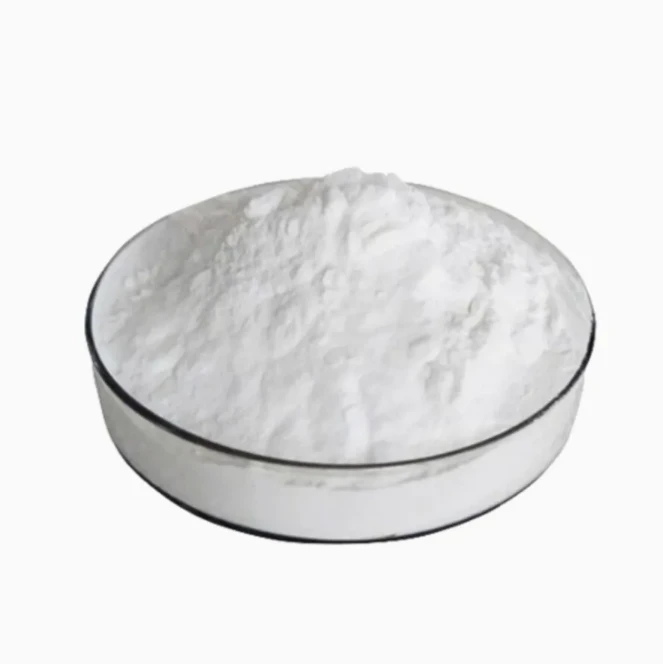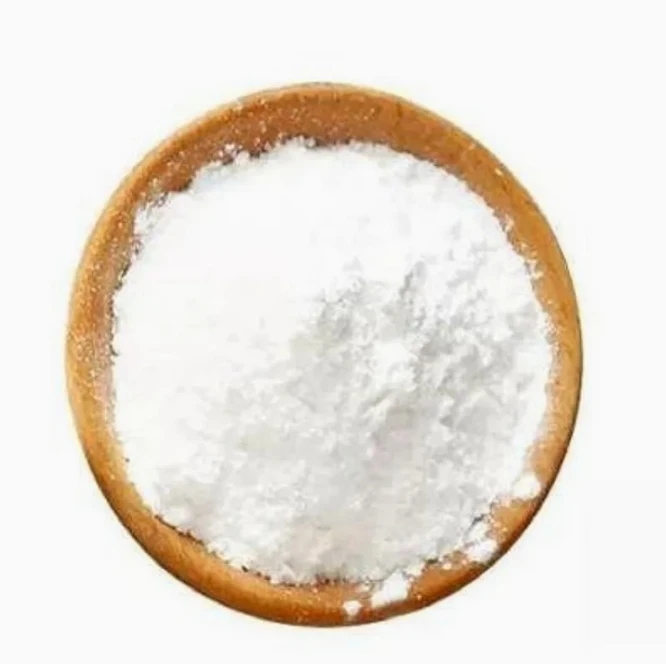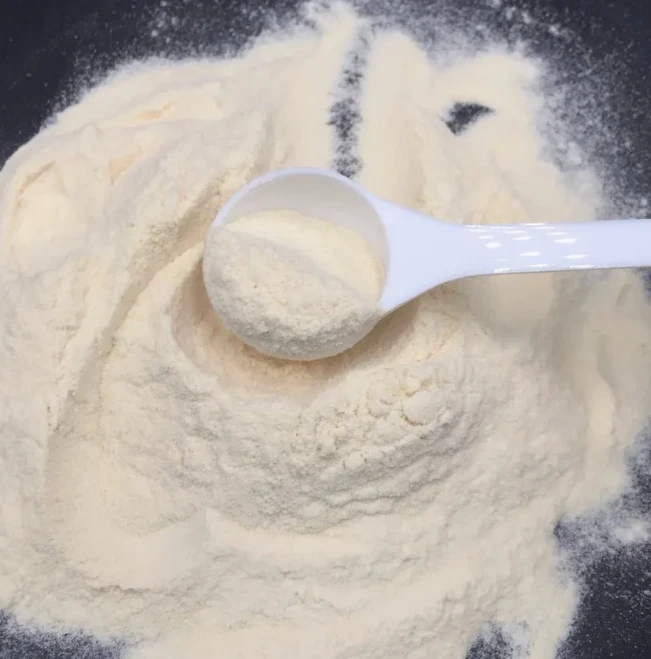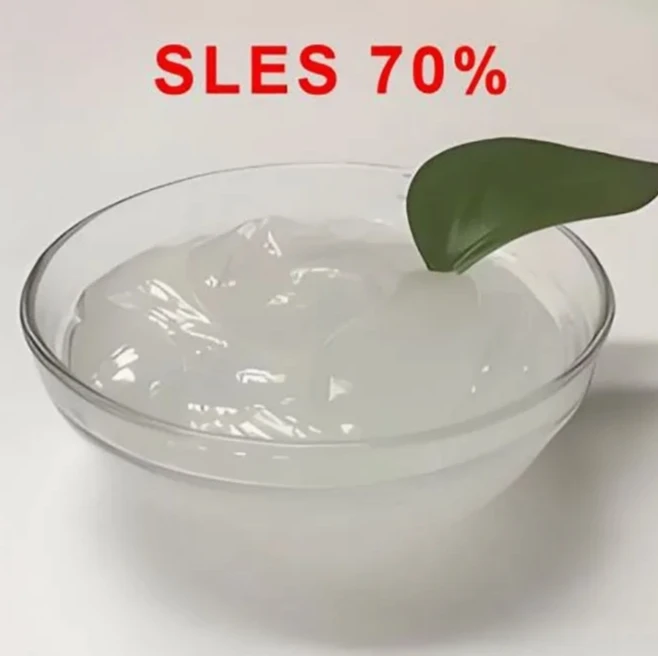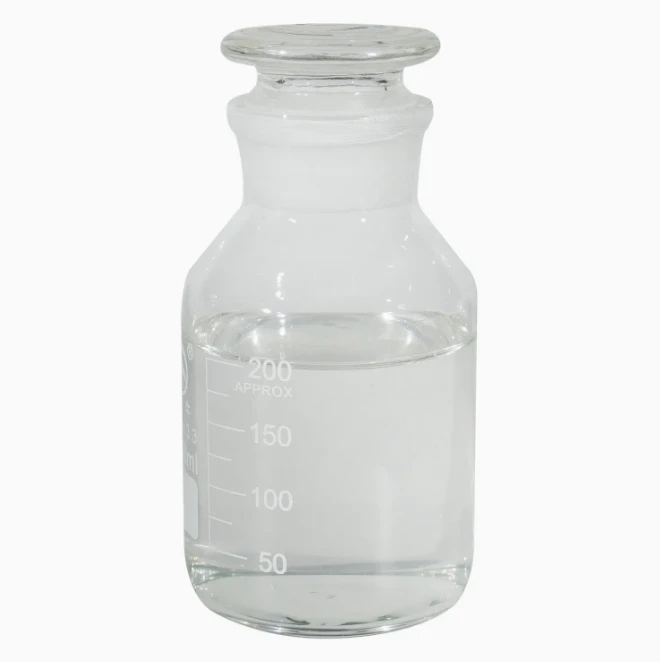 Lengolo-tsoibila: sale@hebeidisha.com
Lengolo-tsoibila: sale@hebeidisha.com
 Mohala: +86 13315186550
Mohala: +86 13315186550
- Moafrika
- Sealbania
- Seamharic
- Searabia
- Searmenia
- Se-Azerbaijani
- Sebasque
- Sebelarusia
- Benghali
- Sebosnia
- Se-Bulgaria
- Secatalan
- Sebuano
- China
- China (Taiwan)
- Corsican
- Secroatia
- Czech
- Sedanishe
- Se-Dutch
- Senyesemane
- Esperanto
- Seestonia
- Sefinnishe
- Sefora
- Sefrisia
- Segalician
- Segeorgia
- Sejeremane
- Segerike
- Segujarati
- Secreole sa Haiti
- hausa
- siwaiian
- Seheberu
- Che
- Miao
- Se-Hungary
- Seiceland
- igbo
- Seindonesia
- irish
- Setaliana
- Sejapane
- Se-Javanese
- Kannada
- kazakh
- Khmer
- Rwanda
- Sekorea
- Sekurdish
- Sekyrgyz
- Lefuba
- Selatine
- Selatvia
- Selithuania
- Se-Luxembourgish
- Semacedonia
- Malgashi
- Semalay
- Semalayalam
- Semalta
- Semaori
- Marathi
- Mongolian
- Myanmar
- tsa Nepali
- Norwegian
- Norwegian
- Occitan
- Sepashto
- Sepersia
- Sepolishe
- Sepotoketsi
- Sepunjabi
- Seromania
- Serussia
- Sesamoa
- Segaeli sa Scotland
- Seserbia
- Senyesemane
- Seshona
- Sindhi
- Sesinhala
- Seslovak
- Seslovenia
- Somalia
- Sepanish
- Sesundanese
- Seswahili
- Seswedishe
- Setagalog
- Se-Tajik
- Setamil
- Setatare
- Setelugu
- Sethai
- Se-Turkey
- Turkmen
- Seukraine
- Seurdu
- Uighur
- Seuzbek
- Sevietnam
- Welsh
- Thusa
- Yiddish
- Yoruba
- Sezulu
Lactoferrin
Lactoferrin is an iron-binding glycoprotein in the transferrin family. Lactoferrin is present in human milk and various secretions, with the highest content in breast milk and a very high content of core immune function protein in colostrum. It can compete with pathogenic microorganisms for iron sources, resist the invasion of pathogenic microorganisms, and thus protect infants and young children from immune damage.
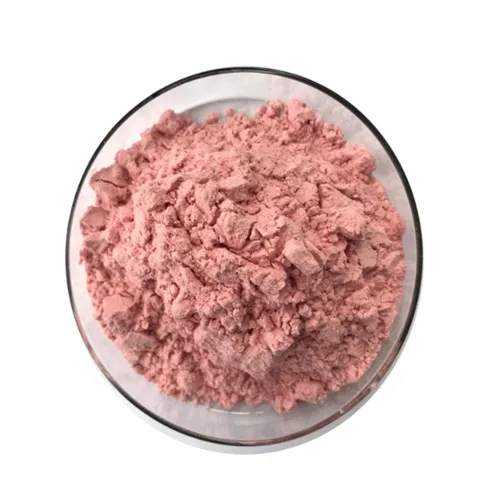


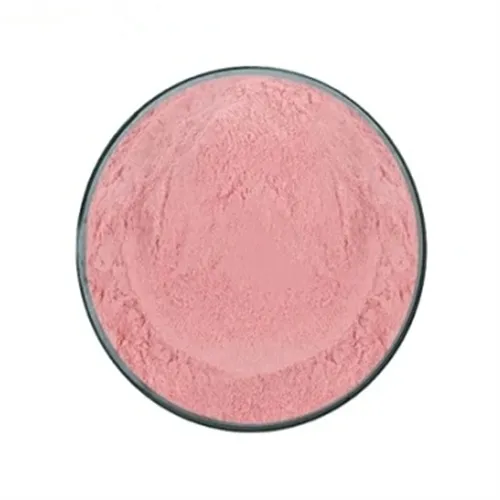
Lactoferrin plays an important role in boosting the immune health of infants. Lactoferrin is a natural protein with multiple physiological activities, participating in regulating immune function, antimicrobial activity, iron absorption regulation, and promoting cell proliferation and differentiation in the intestinal tract, among other physiological processes. In recent years, lactoferrin has been widely used in infants, pregnant women, and the elderly, which can reduce the risk of infection in premature infants, the incidence of respiratory and gastrointestinal diseases in infants, improve anemia in infants and pregnant women, increase the cure rate of Helicobacter pylori in children and adults, and improve the immune function of the elderly.
The extensive biological functions of lactoferrin have determined its applications in various fields such as food, cosmetics, animal production, and medicine, where it can be used as an antioxidant, an immune stimulant, an iron supplement, and a carrier for drugs; its application in infant formula is particularly widespread.
Re na le lifeme tse ngata tsa boleng bo holimo tse nang le tšebelisano e tebileng, tse ka u fang lihlahisoa tsa boleng bo holimo le litheko tsa tlholisano. Hape re ka fana ka litheolelo bakeng sa ho reka ka bongata.'Me re sebelisana le lik'hamphani tse ngata tsa litsebi tse tsamaisang thepa, li ka isa lihlahisoa ka mokhoa o sireletsehileng le ka thelelo matsohong a hau. Nako ea ho fana e ka ba matsatsi a 3-20 ka mor'a hore ho netefatsoe tefo.


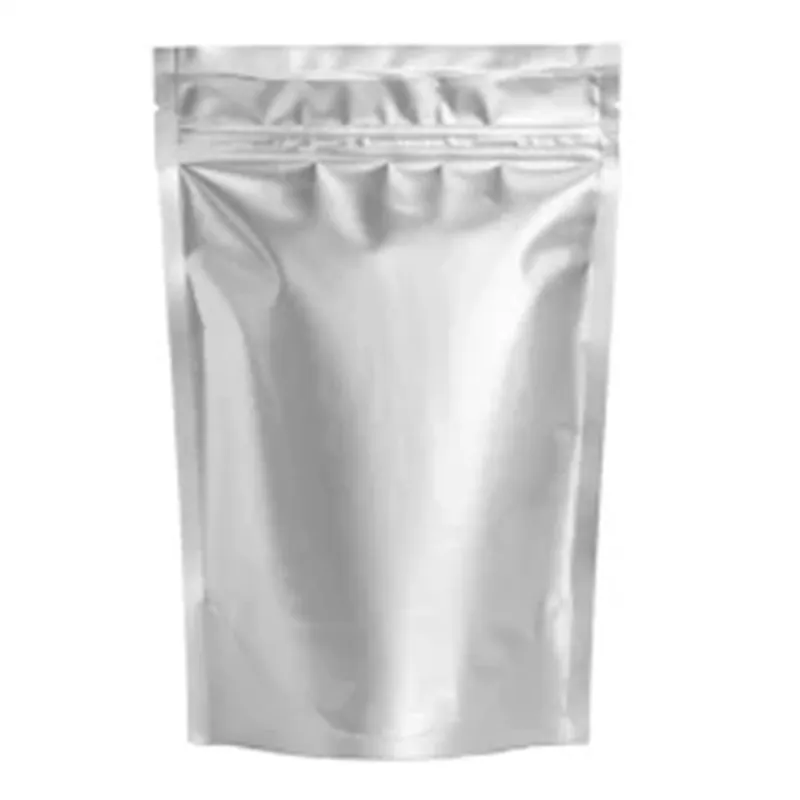


In 1939, scientist Sorensen first isolated the red protein from milk, but it wasn't until 1961 that lactoferrin was extracted from human milk. Only then did lactoferrin begin to enter the public eye. As research progressed, scientists discovered that lactoferrin in human milk and cow's milk had similar biological activity, with their amino acid sequences having up to 69% homology. Based on this, as biotechnology advanced, global dairy companies began researching the application of lactoferrin, known as "the golden immune milk," in infant formula milk powder.

1. Na u feme kapa k'hamphani ea khoebo?
Re komnay e kopanyang indasteri le khoebo, ho fana ka ts'ebeletso e le 'ngoe.OEM e ka amoheloa.
2. O fana ka mehlala? Na ke mahala kapa ho feta?
Mehlala ea mahala. Tefiso ea thepa ea sampole e hloka ho lefuoa ka lehlakore la hau.
3. O na le litifikeiti tse amanang le taolo ea boleng?
Setifikeiti sa ISO 9001:2008 ho netefatsa boleng.
4. Ke fane ka eng ho fumana khotheishene?
Pls re tsebise ka mofuta oa sehlahisoa seo u se hlokang, bongata ba odara, aterese le litlhoko tse ikhethileng. Khotheishene e tla etsoa bakeng sa referense ea hau ka nako.
5. U khetha mofuta ofe oa mokhoa oa ho lefa? Ke mantsoe a mofuta ofe a amoheloang?
Melao e Amoheletsoeng ea Thomello: FOB,CFR,CIF,EXW;
Chelete ea Tefo e Amoheletsoeng: USD;
Mofuta oa Tefo o Amoheletsoeng: T/T, Western Union; Paypal, Tiisetso ea Khoebo.
Puo e Builoeng: Senyesemane.
Lihlopha tsa lihlahisoa
